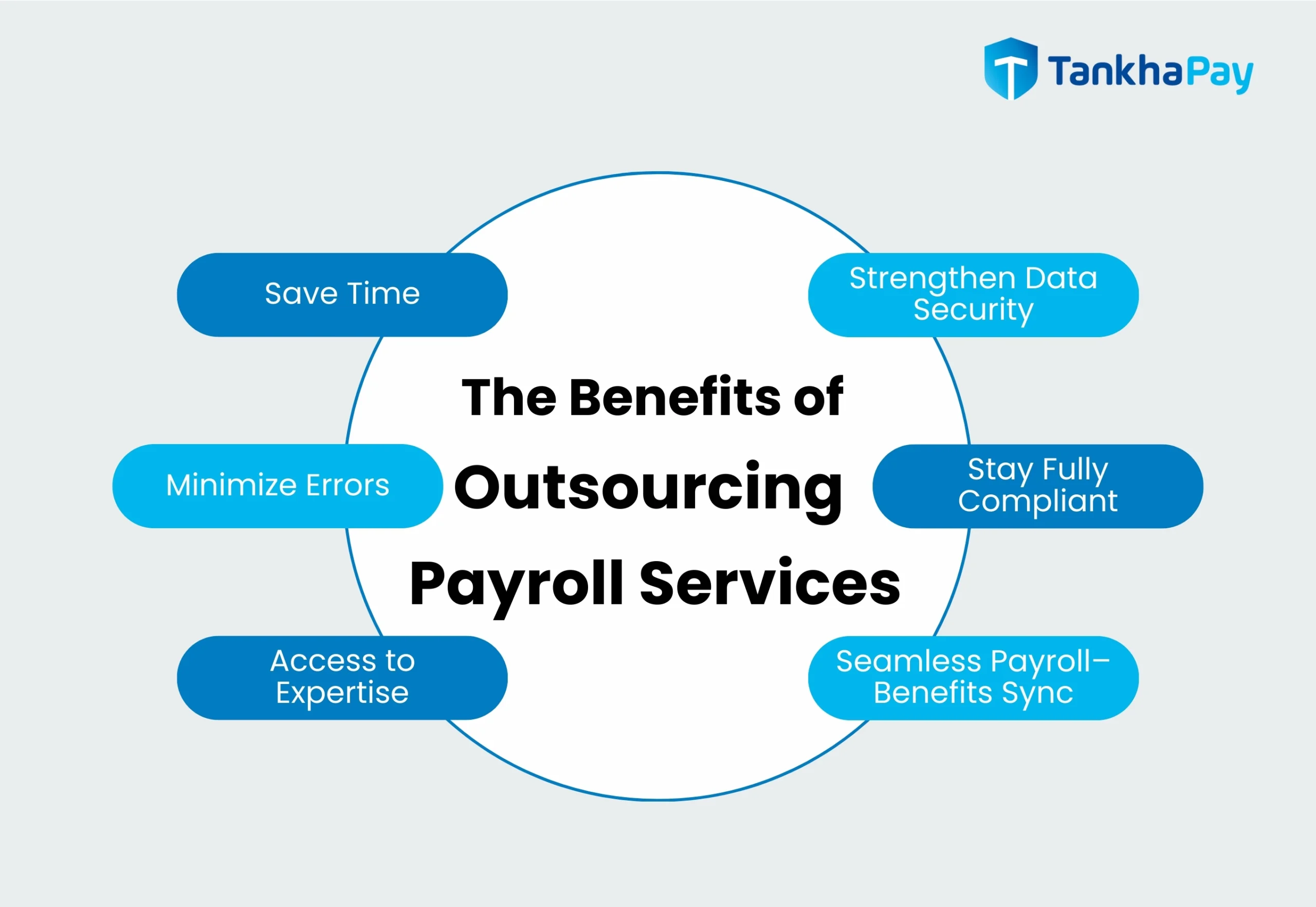A universal joint (U-joint) is a mechanical coupling used to transmit rotary motion between two shafts that are not in a straight line. From automotive driveshafts to industrial machinery, it plays a crucial role in ensuring smooth torque transfer while compensating for angular misalignment. However, choosing the right U-joint is not as simple as picking the first one you see—selecting the wrong type can lead to premature wear, breakdowns, or even system failure.
This guide will walk you through the essential factors to consider before buying a universal joint, ensuring you make an informed decision that suits your application.
1. Identify the Type of Universal Joint You Need
Universal joints come in different configurations, each designed for specific applications:
- Single U-Joint (Cardan Joint) – Common in simple applications where angular misalignment is minimal.
- Double Cardan Joint – Used in situations requiring greater flexibility and smoother motion.
- Constant Velocity (CV) Joint – Ideal for automotive and machinery applications where consistent rotational speed is important.
- Ball and Trunnion Joint – Often used in older automotive drivetrains and industrial setups.
Tip: Start by checking the equipment manual or manufacturer’s specifications to determine the exact type needed.
2. Understand Your Application Requirements
Before purchasing a universal joint, define its intended purpose clearly:
- Automotive Use: Driveshafts, steering columns, PTO shafts.
- Industrial Use: Conveyor systems, printing presses, textile machinery.
- Marine Use: Propeller shafts, winches.
- Robotics or Precision Equipment: Small-scale, high-precision U-joints.
The environment and load type will significantly influence the choice of material, size, and lubrication method.
3. Check Torque and Load Capacity
A U-joint must handle the torque demands of your system without failure. If the torque capacity is too low:
- It may twist or break under heavy load.
- Premature wear can lead to expensive downtime.
How to Determine Torque Requirements:
- Refer to your machinery or vehicle’s specifications.
- Factor in start-up torque, which can be higher than operating torque.
- Allow for a safety margin to prevent overloading.
4. Consider Operating Speed
Some universal joints are better suited for high-speed applications, while others work best at low speeds.
- High-Speed Applications: Require balanced U-joints to minimize vibration.
- Low-Speed, High-Torque Applications: Focus more on strength than on balancing.
Tip: If the system will run continuously at high RPM, ensure the U-joint is precision-balanced.
5. Measure Shaft Sizes and Yoke Dimensions
Universal joints must fit perfectly between the connecting shafts. Key measurements include:
- Bore Diameter – The hole size where the shaft fits.
- Outer Diameter – Ensures proper clearance inside the housing.
- Yoke-to-Yoke Length – Distance between mounting points.
Mismatched sizing can lead to poor fitment, excessive vibration, and premature wear.
6. Choose the Right Material
Material selection affects durability, corrosion resistance, and weight:
- Carbon Steel: Strong and affordable, ideal for general use.
- Alloy Steel: Higher strength for heavy-duty applications.
- Stainless Steel: Corrosion-resistant, perfect for marine or food-grade environments.
- Aluminum: Lightweight but less durable—best for low-load applications.
7. Decide on the Lubrication Method
Proper lubrication ensures long life for a universal joint:
- Greaseable U-Joints: Have grease fittings for periodic maintenance.
- Sealed-for-Life U-Joints: Require no maintenance but may have a shorter lifespan under extreme conditions.
Tip: If your equipment operates in dusty, wet, or corrosive conditions, opt for sealed units to prevent contamination.
8. Consider the Operating Environment
The working environment can influence material choice, lubrication type, and protective coatings:
- Wet or Marine Environments: Use stainless steel or coated U-joints with sealed bearings.
- High-Temperature Applications: Choose heat-treated steel with high-temperature grease.
- Dusty or Abrasive Environments: Opt for fully sealed units to prevent grit ingress.
9. Evaluate Alignment and Angle Limitations
Every universal joint has a maximum working angle, typically between 15° and 35° for standard Cardan joints. Exceeding this limit can cause:
- Increased vibration.
- Reduced efficiency.
- Accelerated wear.
If your application requires extreme flexibility, consider a double Cardan or CV joint.
10. Budget vs. Quality
While cheaper options might be tempting, a universal joint is a critical mechanical component—failure can halt an entire system. Consider:
- Upfront Cost: Lower for standard steel joints.
- Long-Term Value: Premium materials and sealed designs can save money on replacements and downtime.
11. Brand Reputation and Warranty
A reputable manufacturer ensures:
- Strict quality control.
- Accurate specifications.
- Better warranty coverage.
Always choose a supplier with proven reliability, especially for high-demand industrial or automotive applications.
12. Installation and Maintenance Support
Some universal joints require professional installation to ensure proper alignment and balancing.
- Check if the supplier provides installation guides or technical support.
- Ensure replacement parts (like bearing caps) are readily available.
Conclusion
Selecting the right universal joint involves much more than just matching the size—it requires careful consideration of torque, speed, materials, environment, and maintenance needs. By analyzing your application requirements and choosing a joint that meets or exceeds those demands, you’ll ensure long-lasting, trouble-free operation.
Whether you need one for a car’s driveshaft, a factory conveyor, or a marine propeller system, following this buying guide will help you make a smart, informed decision—saving you time, money, and headaches in the long run.




